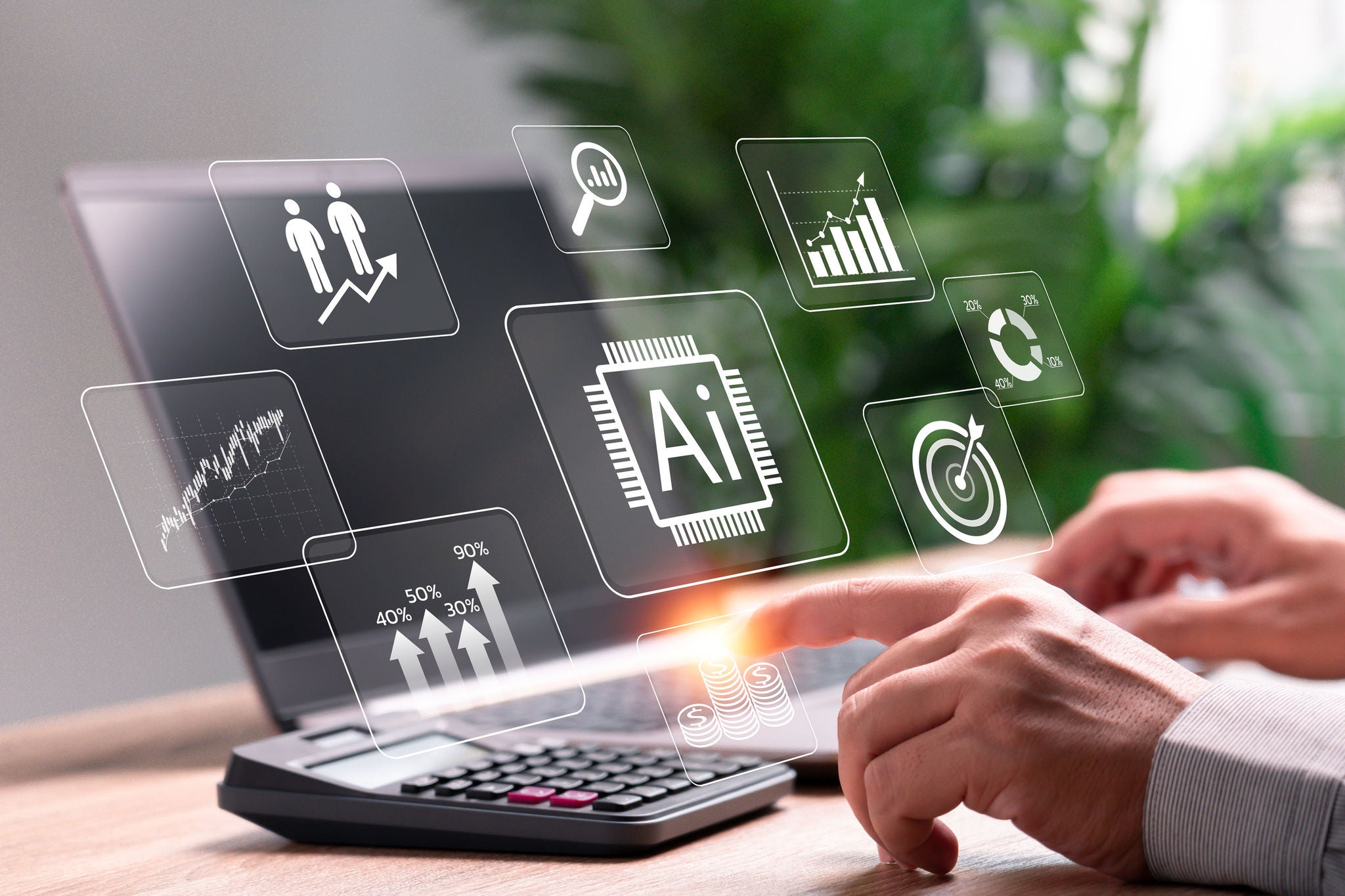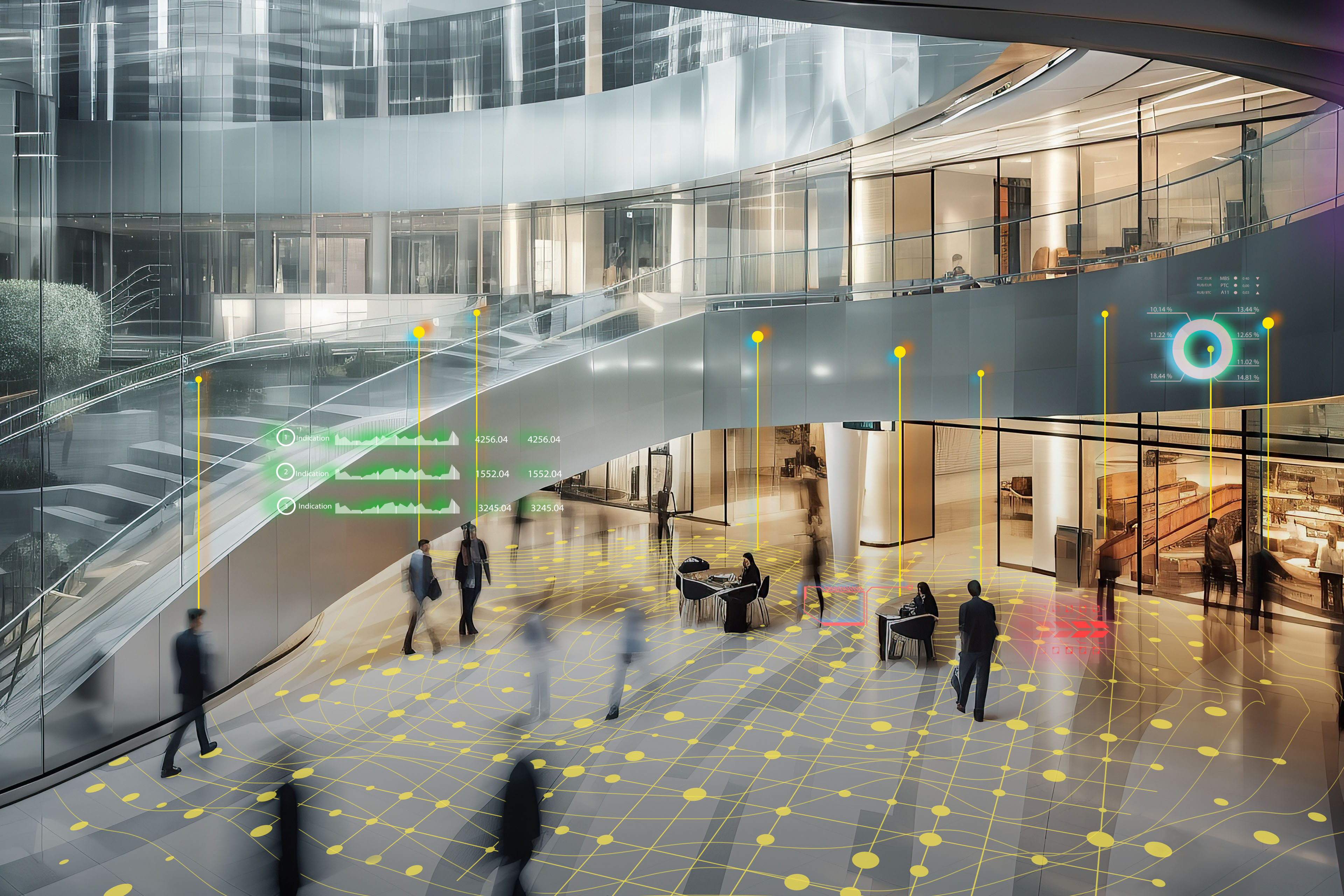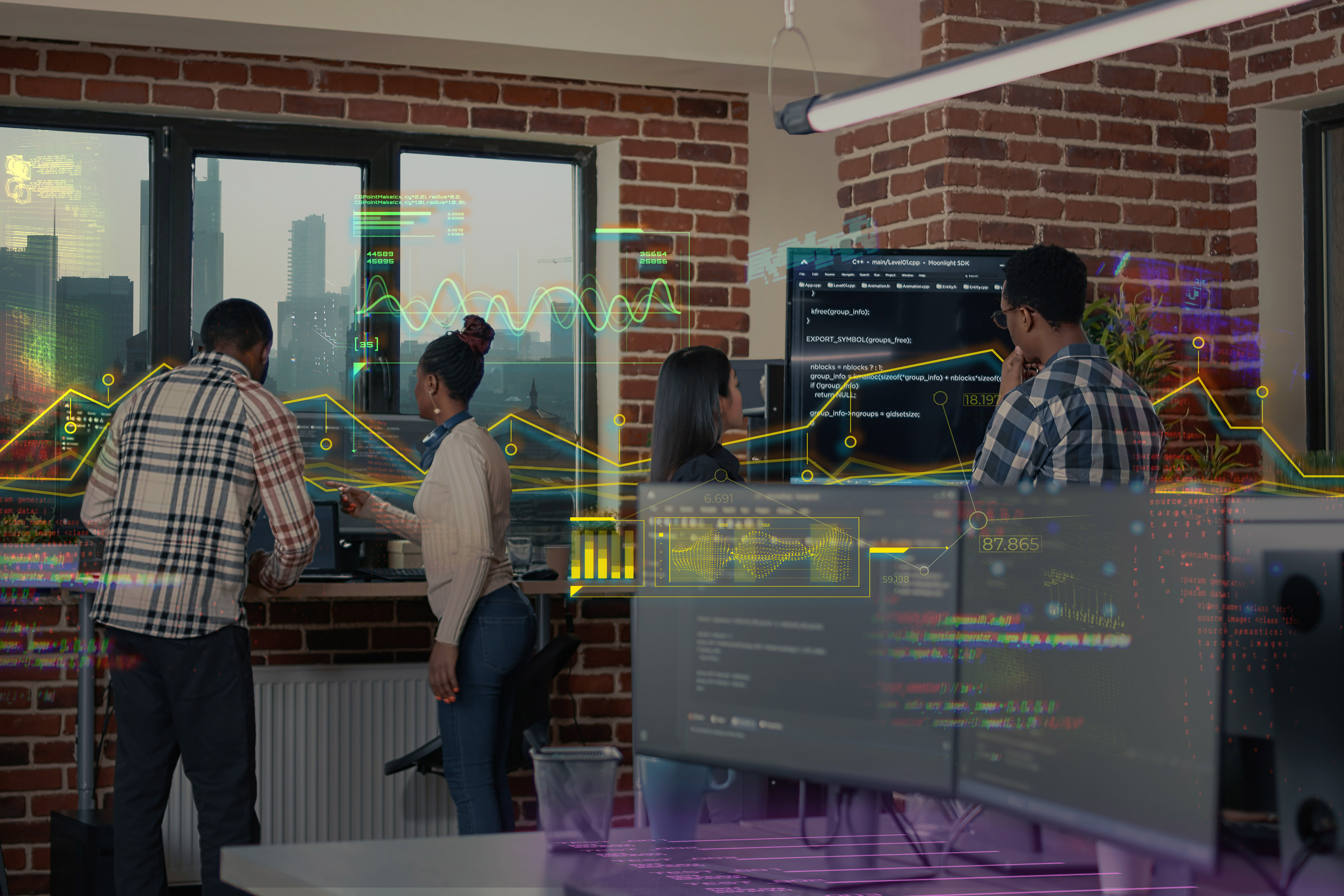Support business readiness
Beyond enhancing efficiency and productivity, GenAI is also a catalyst for transformation. By leveraging its capabilities, such as learning, reasoning and creativity, organizations can create new value propositions, enhance customer experiences and generate novel insights. For example, GenAI can enable organizations to personalize products and services at scale, automate complex and creative tasks, and discover new patterns and opportunities in data.
To achieve these outcomes, they will need to operate in an environment where key resources and opportunities are available, especially talent, infrastructure and ecosystems.
These three elements are interrelated and mutually reinforce and shape one another. For instance, talent can drive innovation and demand for infrastructure and ecosystems, while infrastructure and ecosystems can attract and nurture talent. Governments that invest in these elements will be in a great position to attract organizations to operate in their markets, further strengthening the flywheel effect.
Enable the workforce
GenAI has the potential to transform the way people work, learn and collaborate. According to a 2023 report by the National Bureau of Economic Research, GenAI can help upskill employees and improve their performance, especially for new or lower-performing workers.1 The report also estimates that GenAI could boost productivity by 14% in a contact center. This is only one of the many examples where GenAI can help increase productivity through a personalized AI assistant.
By providing personalized and adaptive learning experiences, feedback, and guidance, GenAI can help employees acquire new skills and knowledge, improve their problem-solving and decision-making abilities, and enhance creativity and innovation. GenAI can also augment human capabilities by automating routine tasks, optimizing workflows, and generating insights and recommendations. While some of these are also true with traditional AI, the broader capabilities of GenAI and its easy interaction with users through natural language will make GenAI assistants much more prevalent. By augmenting existing capabilities, GenAI can enable employees to focus on higher-value and more meaningful work as well as foster stronger collaboration and communication among teams and stakeholders.
GenAI will reshape the nature and scope of work for many occupations and industries. Employees need to be flexible, resilient and willing to learn new skills and take on new challenges as the technology empowers them. While the EY 2023 Work Reimagined Survey revealed that 94% of employers in Southeast Asia are already using or planning to use GenAI within the next year, only 25% of them intend to provide GenAI-related skills training.
To effectively tap into GenAI, employees need to develop new skills that are essential for working with and alongside intelligent machines. One of these is the ability to confidently leverage AI tools to ask good questions, also referred to as “prompts”. Employees will need critical thinking to evaluate the results and implications of AI outputs.
Given the magnitude and pace of change that GenAI will bring, governments have a key role to play in fostering a resilient and inclusive workforce that can thrive in the era of GenAI. They can do this by making sure that training and re-skilling opportunities are available to workers at all levels and stages of their careers. Governments can also partner with educational institutions, employers and other stakeholders to design and deliver relevant, effective curricula and programs that equip learners with the skills and mindsets needed for GenAI. In addition, governments need to promote a culture of lifelong learning and continuous improvement among workers as well as provide incentives and support for them to pursue their learning goals.
Invest in innovation
R&D is essential to advancing the theoretical and practical foundations of GenAI. However, R&D activities are often costly, risky and uncertain, requiring a long-term vision, collaboration and experimentation. This is even more so now with GenAI models — also known as foundation models — which require a significant investment in computing power. A crucial part of building the models, model training can only be done with graphics processing units (GPUs), which are specialized chips that perform numerous parallel calculations. We are seeing the emergence of private AI labs that often have access to GPUs that are now in high demand and very costly. Some government initiatives, such as the National Supercomputing Centre in Singapore, have started to invest in this area.
The government plays a crucial role in mobilizing and allocating public and private resources for GenAI as it can influence the direction, pace and impact of innovation. It can provide funding, incentives and guidance for R&D, either directly through public institutions and programs or indirectly through grants and partnerships with private actors. Investing in GenAI infrastructure and regulating it can make the technology available, reliable and affordable for different stakeholders. The government can also foster and oversee the data ecosystem for GenAI, promoting its creation, sharing and use, while respecting stakeholders’ ownership, privacy and ethics.






